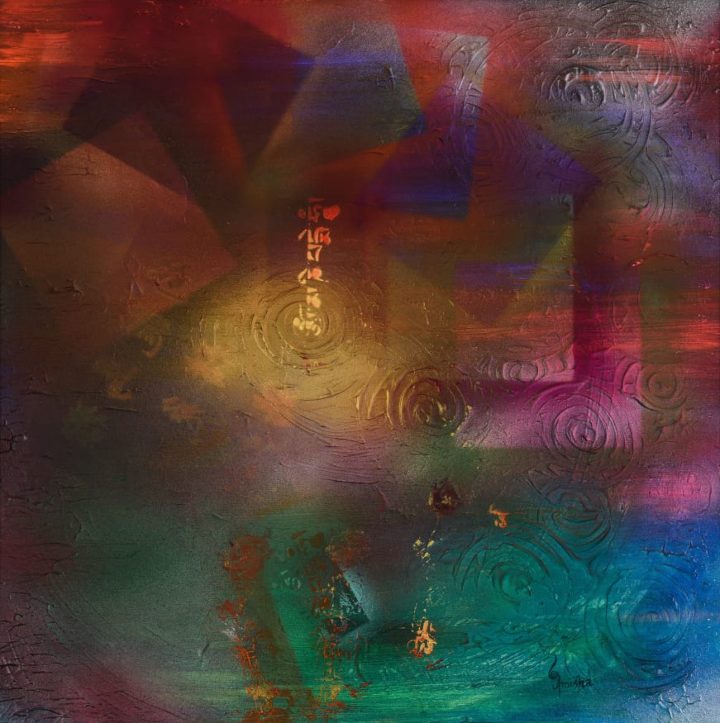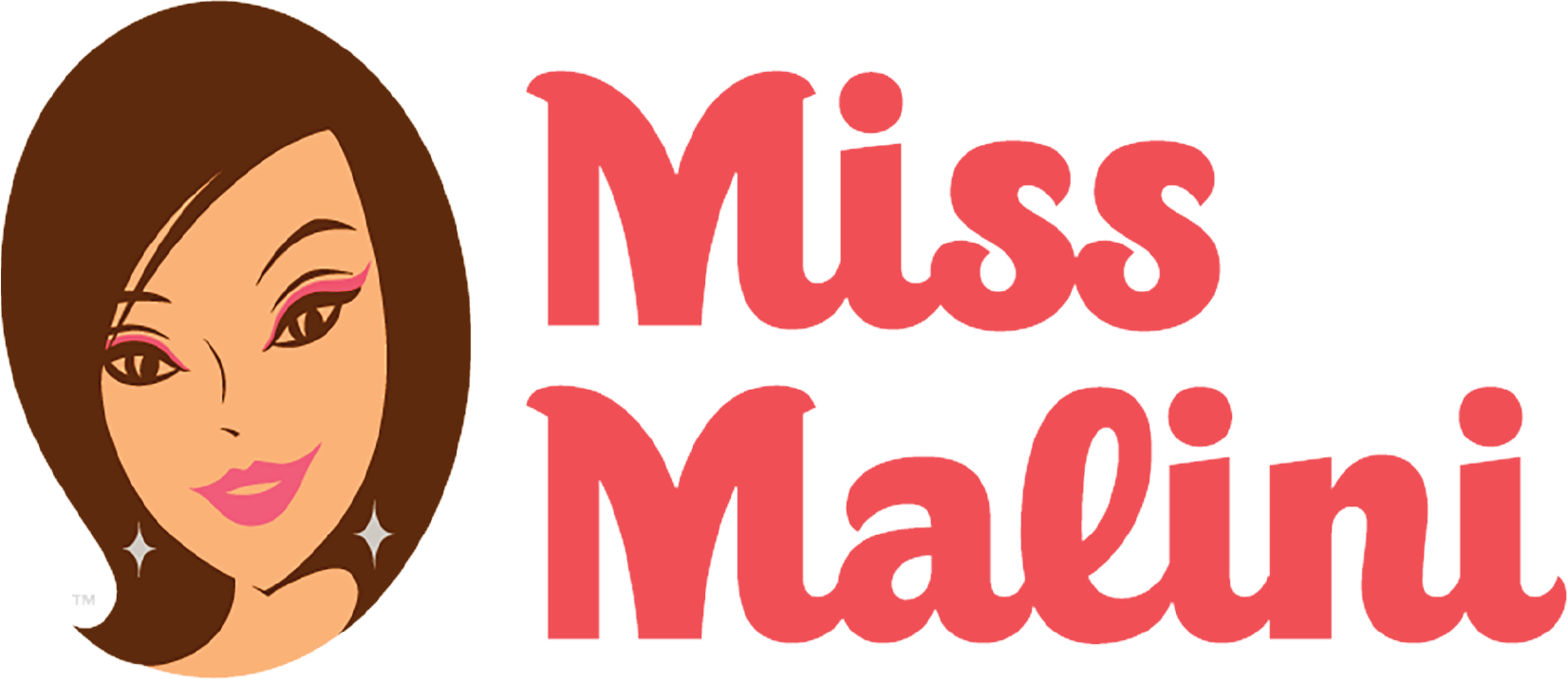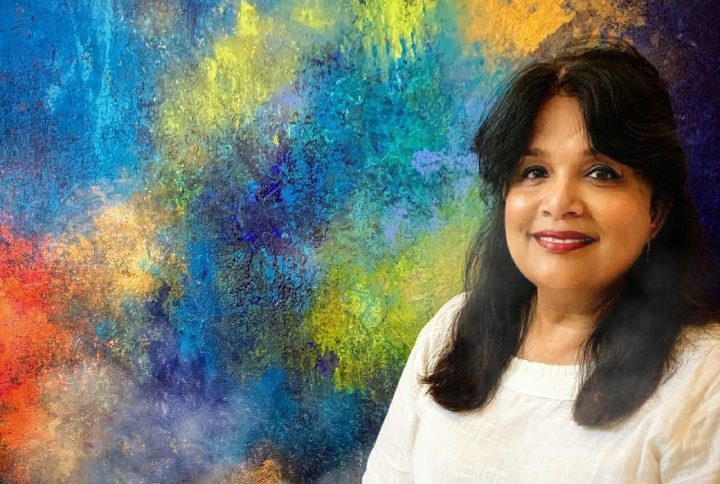Have you ever felt a certain way when you’re in the presence of a particular colour? Such as; feeling anger when looking at a red wall? Or feeling lost and distant looking over a blue sea? Turns out, this is used and studied as a form of therapy called Colour Therapy. We got in touch with Amisha Mehta, an artist and colour therapist, to learn all about it and the exact effects it can have on our mind, body and soul.
Amisha says,
Colour therapy is a non invasive form of healing through colours mainly using the 7 colours of the rainbow: red, orange, yellow, green, blue, indigo, violet. Colours are spiritually charged by themselves and can have both positive and negative qualities which affect us in a subtle manner

How It Works
Our bodies are made up on cells, and each cell is sensitive to light. When a colour penetrates a cell, certain chemical reactions take place which direct the behaviour and progress of that cell.
To put it simply, white light is made up of 7 colours and each of them has the ability to change the way our cells function. All our senses, sight, smell, touch, hearing and taste are carried out by cellular functions, and hence can be affected by colour. We absorb colour through our sensory organs. This would explain why some people are repulsed by certain coloured foods (capsicum, we’re talking to you), why some colours instantly calm us down and more.
The Connection To Art Therapy
Colour and art are complementary therapies and work in tandem to heal us. Amisha adds,
Art Therapy is a means of helping the individual to use the various creative processes to improve one’s physical, mental and emotional well-being. It is a disciplined form of treatment that works psycho-therapeutically.
As we all know, artistic expression has no definition. It can be scribbling in a notebook, painting on a canvas or doing a full-on James Charles-esqe makeup look. This artistic expression has the power to balance your energies and heal you. Remember when Sid from Dil Chahta Hai painted Tara‘s portrait and felt a roller coaster of emotions and liberation after? Art Therapy!
Amisha says that the message of healing behind all these creative expressions is to make one positive, happy and energetic, and it works wonders.
Benefits Of Colour And Art Therapy
While colour and art therapy cannot take the place of any medical treatment, they definitely can be
used to help elevate the moods and side effects of the medicine. Amisha has worked with various people undergoing chemotherapy and reduced the discomfort, pain, stress and side effects they felt. She says that colour therapy works on a cellular level to bring about positive change at a physiological level. It also helps in reducing the body’s stress levels, thus reducing the harm (and diseases) caused by such stress. Mentally, this therapy helps in boosting happiness, increased clarity, spiritual balance and fulfilling relationships.
How To Practice Colour Therapy At Home
Practising colour therapy at home is easier than we think because colours are literally all around us (especially in our closets and make-up drawers). Amisha says that colour therapy can be practised at home by introducing a selection of colours expressing the different personalities of the people living together. This can be done through furniture, paintings, upholstery, plants and literally any decor item. Even the colourful fruits and vegetables in our kitchens can aid colour therapy (except you, capsicum, you are still unwelcome). She further adds,
Our day starts with picking a colour from our closets. Generally we pick the colour as per our body’s need and mood, which might change by evening. One tends to change into a different colour once it has refilled their respective energy centres known as chakras, which absorb and store the colours
Colours And Their Unique Effects On Us
We now know that each colour has specific effects on us, and here they are:
- Red – Denotes power and excessive activity, but excessive use leads to irritability and anger.
- Orange – Denotes creativity, joy and being social, but excessive use can make you feel tired.
- Yellow – Indicates energy, alertness, brightness and happiness, but too much can result in fear and egocentric behaviour.
- Green – Is a healing colour and denotes care, empathy and creates abundance, but in excess it makes you feel trapped and indecisive.
- Blue – Represents quiet, introvertedness, loyalty and honesty, but too much can lead to depression, isolation and uncommunication.
- Purple – Being the highest order in the spectrum, it is very spiritual and sensitive. It is ideal for meditation, but in excess, it can result in mental instability and obsession.
Colour therapy is a beautifully crafted and mindfully intricate form of healing. It has the power to change the way we think, behave and function. Amisha herself has used colour therapy to overcome her own obstacles and uplift her mood. Who knew colours could have such an effect on us? This adds a whole new level to Monday Blues, doesn’t it?
What do you think about Colour Therapy? Share it with us in the comments below.
Join Malini’s Girl Tribe on Facebook and Instagram to be a part of more fun conversations!

